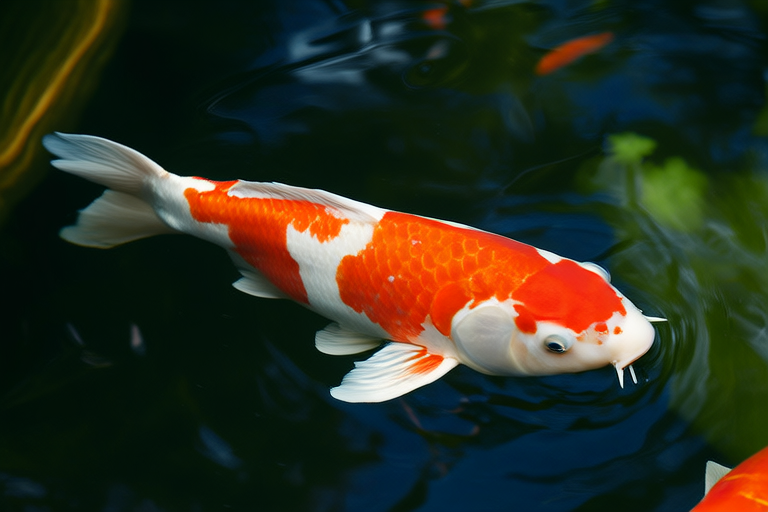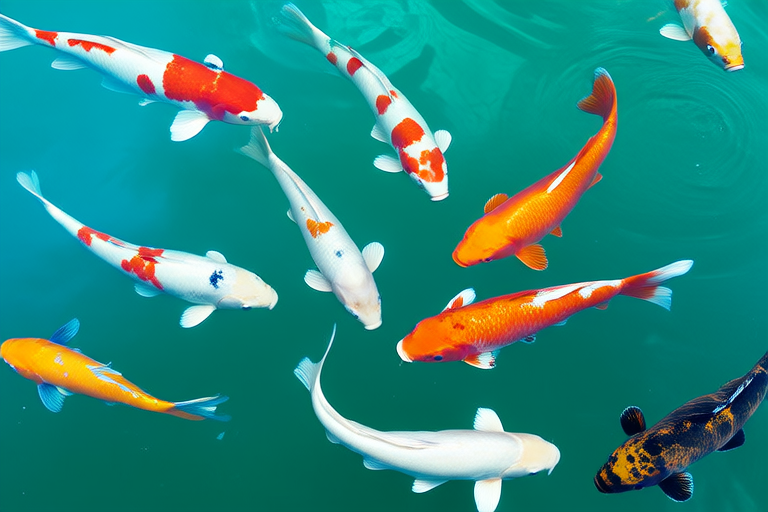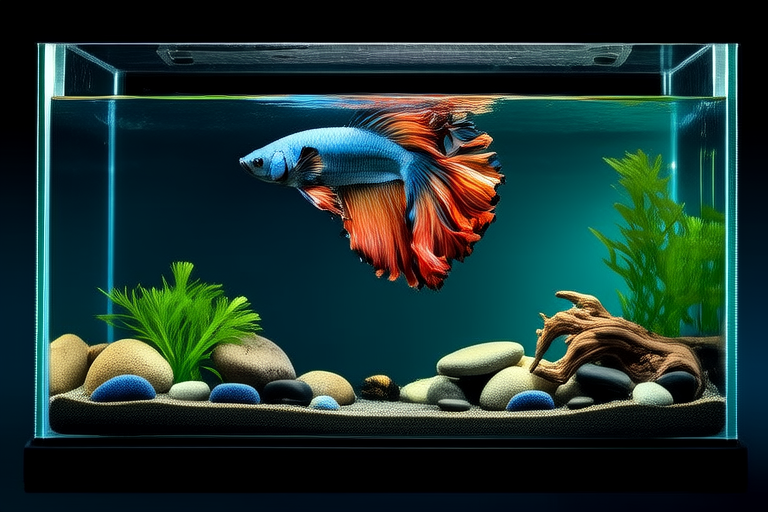
Koi Care Made Easy: A Beginner’s Guide to Keeping These Beauties Healthy
Welcome to your comprehensive guide to koi care! Whether you’re a seasoned aquarist or just starting out, this guide will help you understand the basics of keeping these majestic creatures healthy and happy. We’ll cover everything from koi fish anatomy and behavior to pond setup, water quality maintenance, diet and feeding schedules, common health issues, and seasonal care considerations.
Understanding Koi Fish Anatomy and Behavior
Koi fish are known for their vibrant colors and graceful swimming patterns. Understanding their anatomy and behavior is crucial for providing them with the best possible care.
- Anatomy: Koi have streamlined bodies with large fins that allow them to move gracefully through the water. They have gills for breathing, which require clean, oxygenated water. Their scales protect them from injuries and infections.
- Behavior: Koi are social animals and enjoy interacting with each other. They can be trained to eat from your hand, making them great pets. They are also quite active during the day, often seen swimming near the surface of the pond.
Optimal Pond Setup
The right pond setup is critical for the health and well-being of your koi. Here are some key factors to consider:
- Pond Size: The size of your pond should be proportional to the number of koi you plan to keep. As a general rule, you need at least 200 gallons of water per koi. Larger ponds provide more space for the fish to swim and better dilution of waste products.
- Filtration System: A good filtration system is essential for removing debris and excess nutrients from the water. It should include mechanical, biological, and chemical filtration components. Mechanical filters remove solid waste, biological filters support beneficial bacteria that break down harmful substances, and chemical filters help control pH levels.
- Aeration: Proper aeration ensures that the water remains oxygenated. This can be achieved through the use of air pumps, waterfalls, or fountains. Oxygen-rich water is vital for the health of your koi.
- Cover: Providing shade over part of the pond helps regulate water temperature and prevents direct sunlight from causing algae blooms. Floating plants or overhanging trees can serve this purpose.
Water Quality Maintenance
Keeping the water in your pond clean and balanced is one of the most important aspects of koi care. Here’s how to maintain optimal water quality:
- Regular Testing: Use test kits to monitor parameters such as ammonia, nitrite, nitrate, pH, and hardness. Aim for ammonia and nitrite levels close to zero, and keep nitrates below 40 ppm. Maintain a pH between 7.2 and 8.0.
- Partial Water Changes: Regularly replace about 10-20% of the pond water weekly to reduce accumulated toxins and replenish essential minerals.
- Bio-Accumulation Prevention: Avoid overfeeding your koi, as uneaten food can decompose and pollute the water. Feed only what they can consume within a few minutes.
Diet and Feeding Schedules
Proper nutrition is essential for maintaining the health and vitality of your koi. Here are some guidelines for feeding:
- Types of Food: Provide a balanced diet that includes high-quality pellets designed specifically for koi. These pellets should contain protein, fats, carbohydrates, vitamins, and minerals necessary for growth and immune function. Supplement their diet with occasional treats like vegetables or freeze-dried foods.
- Feeding Frequency: Feed your koi two to three times daily during warmer months when temperatures are above 60°F (15°C). Reduce feedings to once a day or less during colder periods.
- Portion Control: Offer small portions at each feeding session. Monitor how much they eat and adjust accordingly. Overfeeding can lead to obesity and poor water quality.
Common Health Issues and Prevention Tips
Like any pet, koi are susceptible to various health problems. Being proactive about their care can prevent many issues before they start:
- Parasites: Look out for signs of external parasites like white spots (Ichthyophthirius multifiliis) or cloudy eyes. Treatments vary depending on the specific parasite involved but may include copper-based medications or formalin baths.
- Bacterial Infections: Symptoms include fin rot, ulcers, or lethargy. Antibiotics prescribed by a veterinarian might be necessary if caught early enough.
- Fungal Growth: Fungus appears as cotton-like patches on the skin or fins. Prevention involves maintaining good water quality; treatment includes antifungal remedies.
Seasonal Care Considerations
The needs of your koi change throughout the year. Adjusting your routine according to seasons ensures their continued good health.
- Spring: Perform a thorough cleaning of the pond bottom and equipment after winter. Check filtration systems and aerators for proper functioning. Gradually increase feeding as water temperatures rise.
- Summer: Monitor water conditions closely due to increased evaporation rates. Ensure adequate aeration and shading to prevent overheating. Keep an eye on algae growth and take appropriate measures to control it.
- Fall: Prepare for cooler weather by reducing feeding amounts as metabolism slows down. Inspect heaters if applicable to ensure they work correctly before temperatures drop significantly.
- Winter: Some regions experience freezing temperatures where ice forms on the pond surface. Maintain an open area for gas exchange by floating a ball or similar object on top of the water. Reduce or stop feeding altogether since koi become less active.
By following these guidelines, you’ll be well on your way to becoming a successful koi keeper. Remember, patience and attention to detail are key. Enjoy watching your koi grow and thrive in their beautiful aquatic home!




